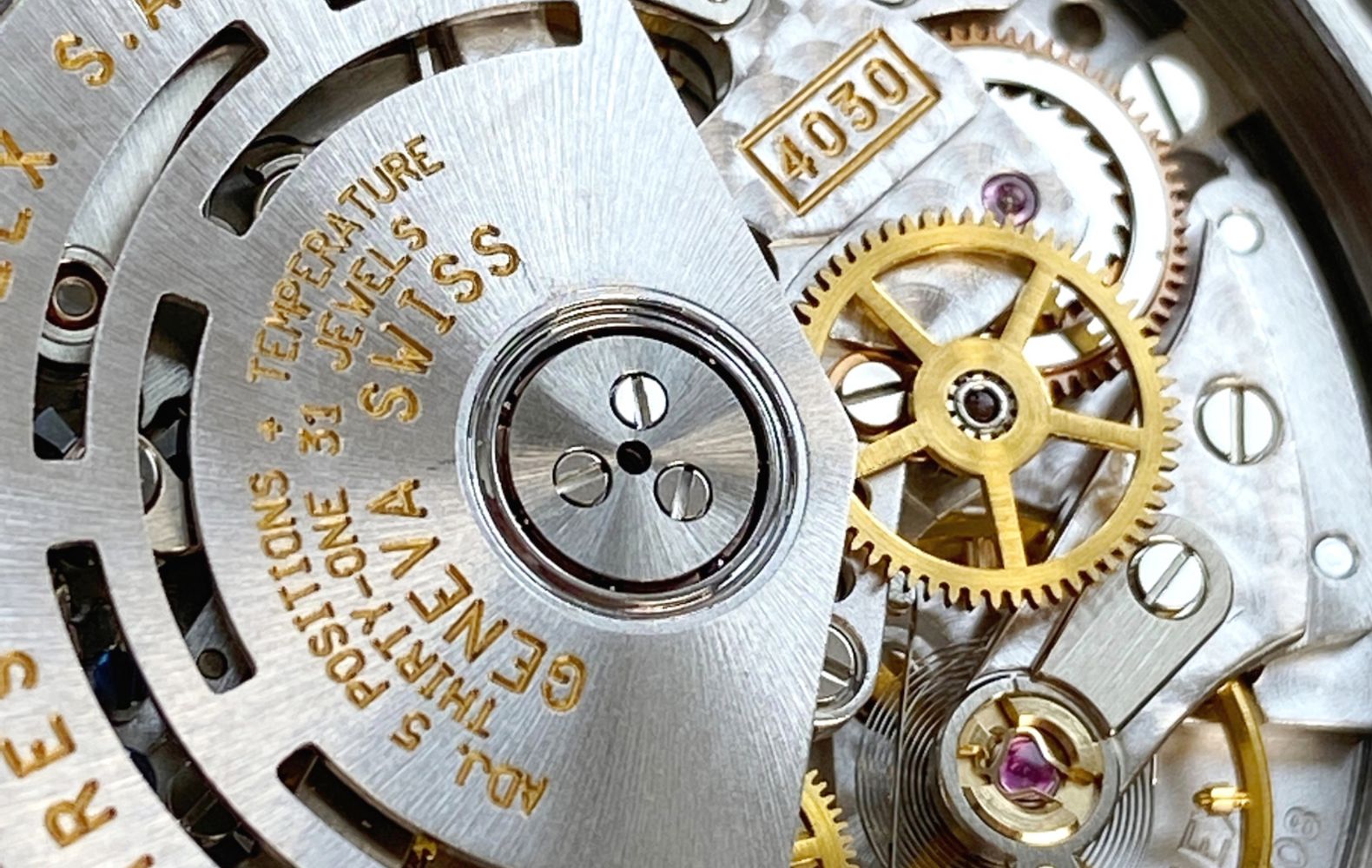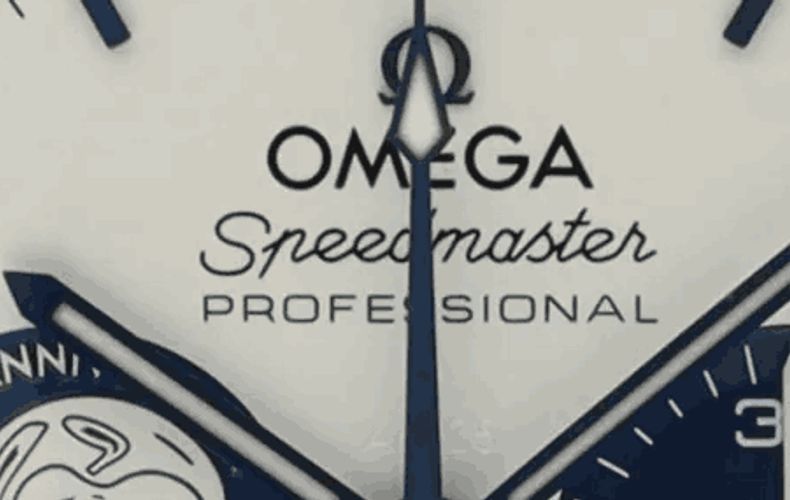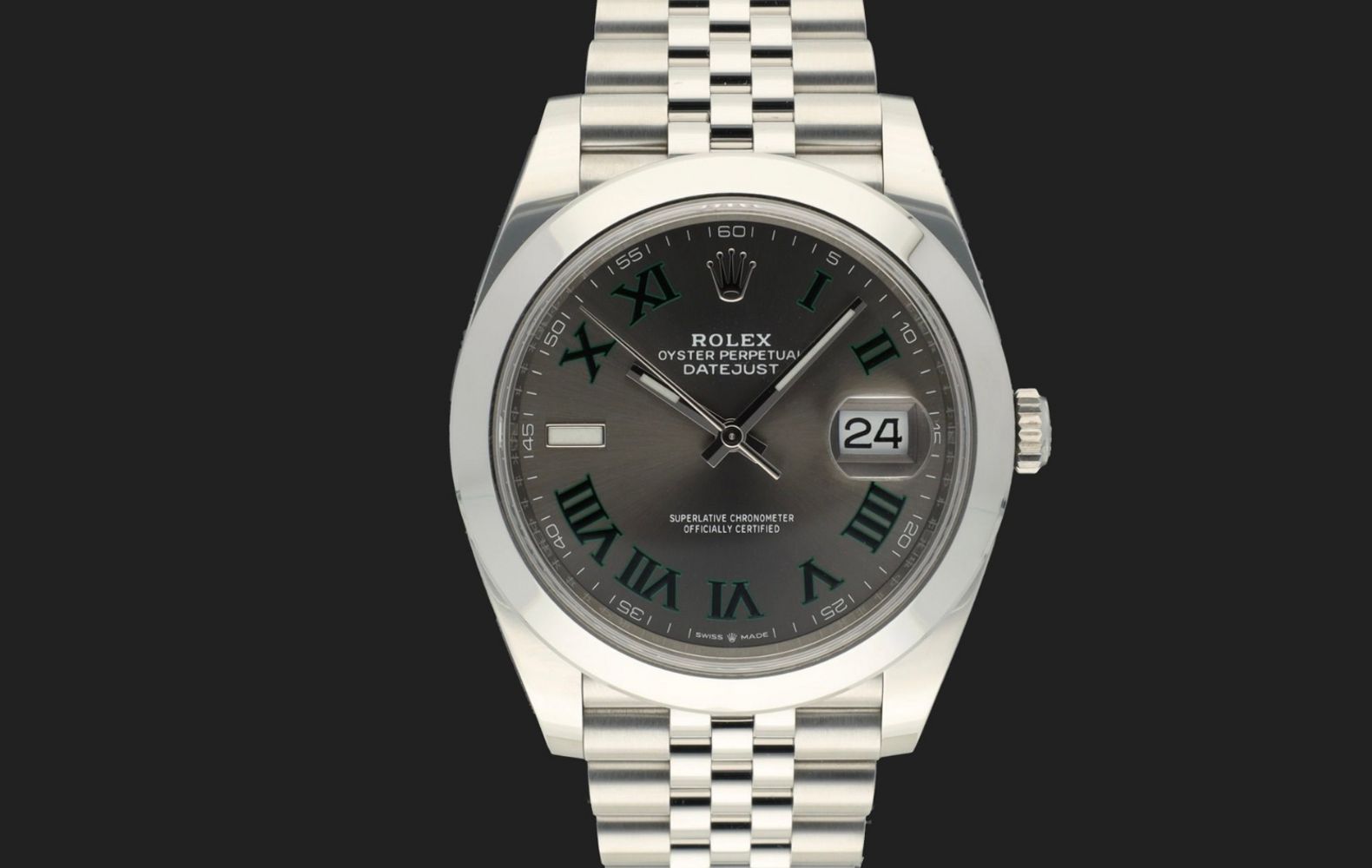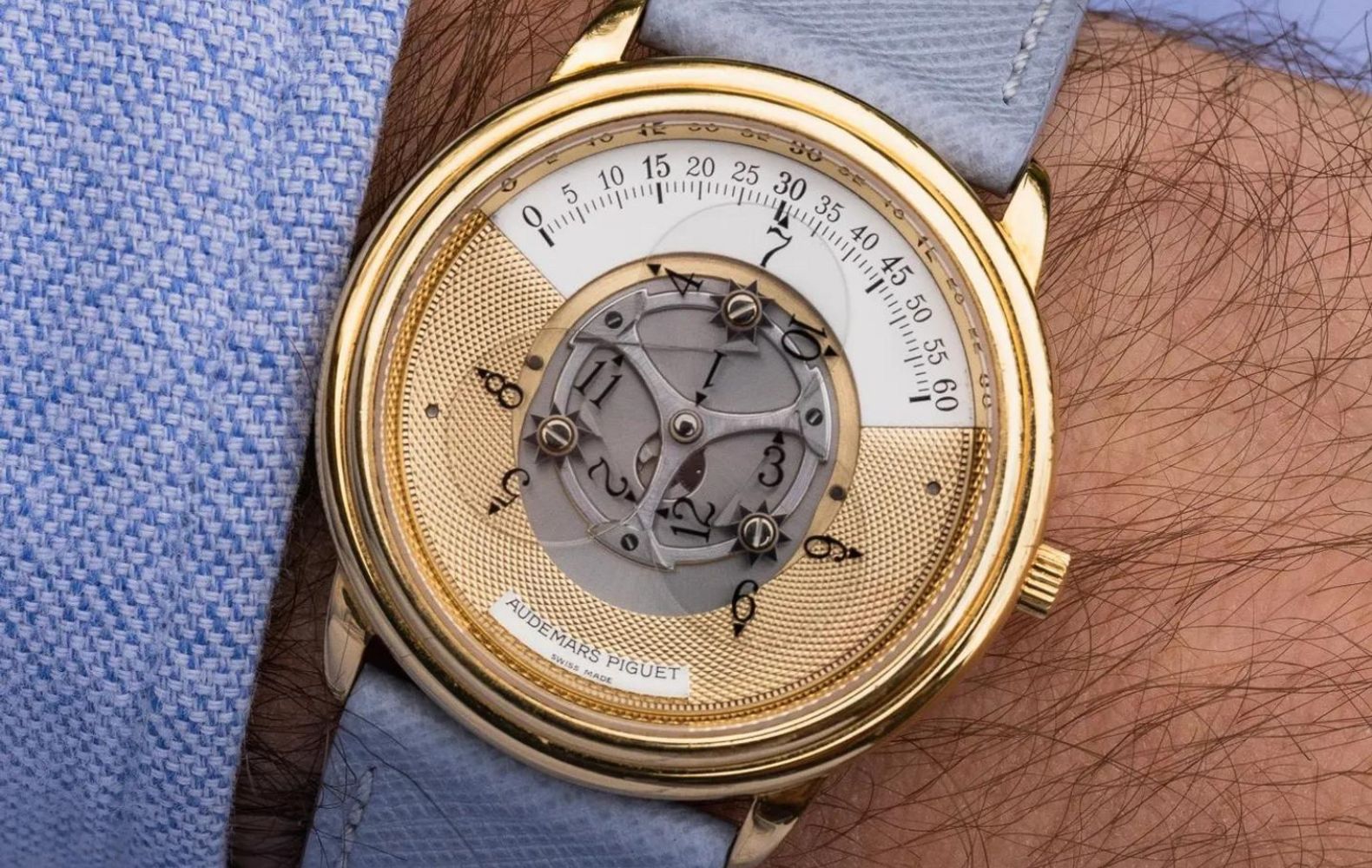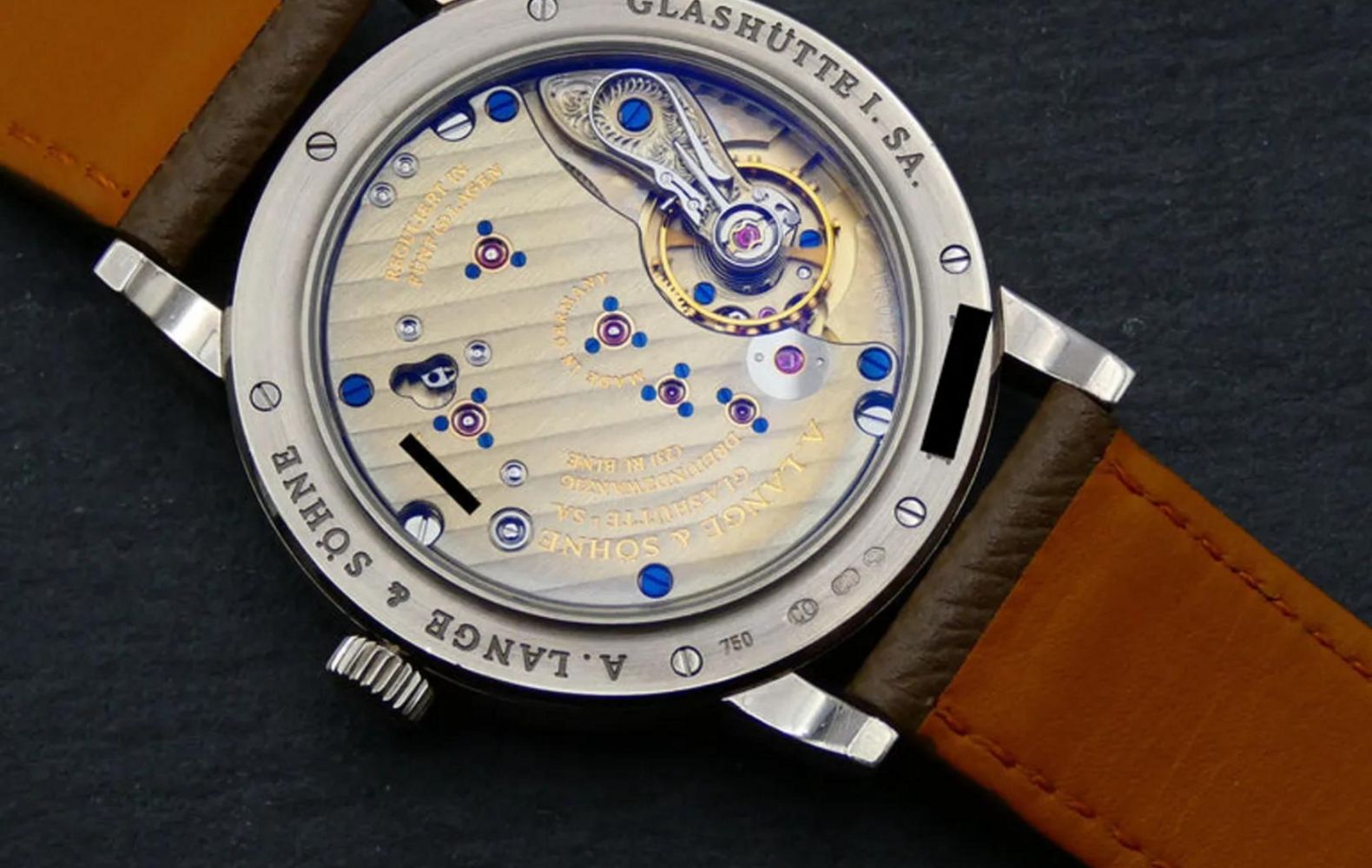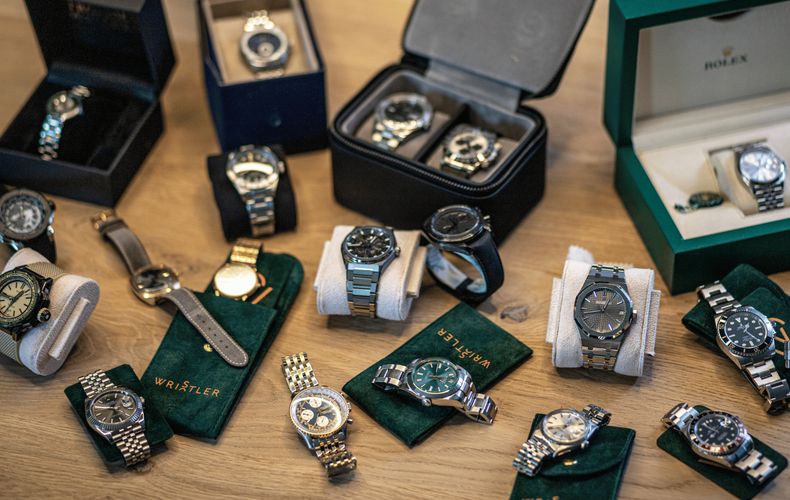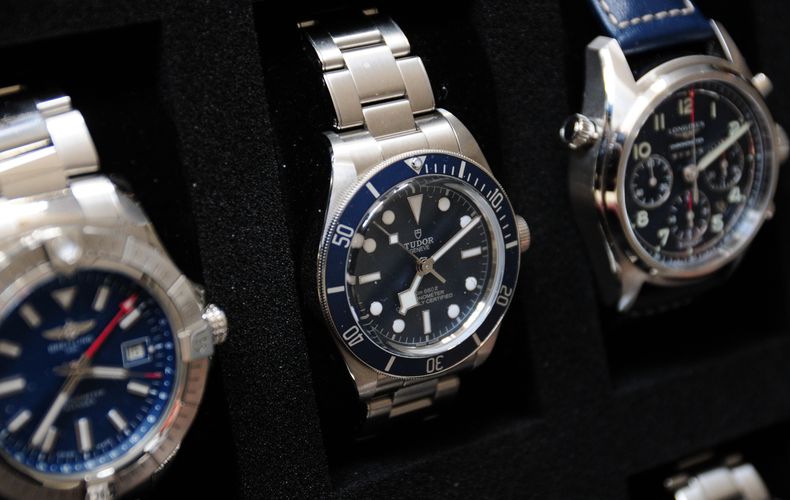Materials
When you pick up and decide to wear a specific watch, the first thing you would probably feel is the size and weight of the whole thing. The weight is mostly determined by the material the case and bracelet is produced from. These different materials all have a different value. Lets start with the most common used material for your watch, Stainless Steel. Stainless Steel is a material that is perfect for watchmaking because of the decently low cost and the durability of the material. Stainless Steel is easy to produce a watchcase and bracelet out of that will withstand any daily wear and tear. Stainless Steel is a pretty lightweight material, so it does not give you the feeling you wear a brick on your wrist. A material that might give you that feeling would be Yellow or White Gold. Yellow Gold is a precious metal that is a bit softer that stainless Steel, but is a lot heavier. The colour of 14kt and 18kt Yellow Gold really give a luxury feeling, but that will definitely work its way through to the pricing of the watch. When looking at a Rolex Datejust 41, these prices start at anywhere from €9.000 for a fully stainless steel piece. When looking at the Gold/Steel counterpart, these prices start at €12.000 and upwards.




